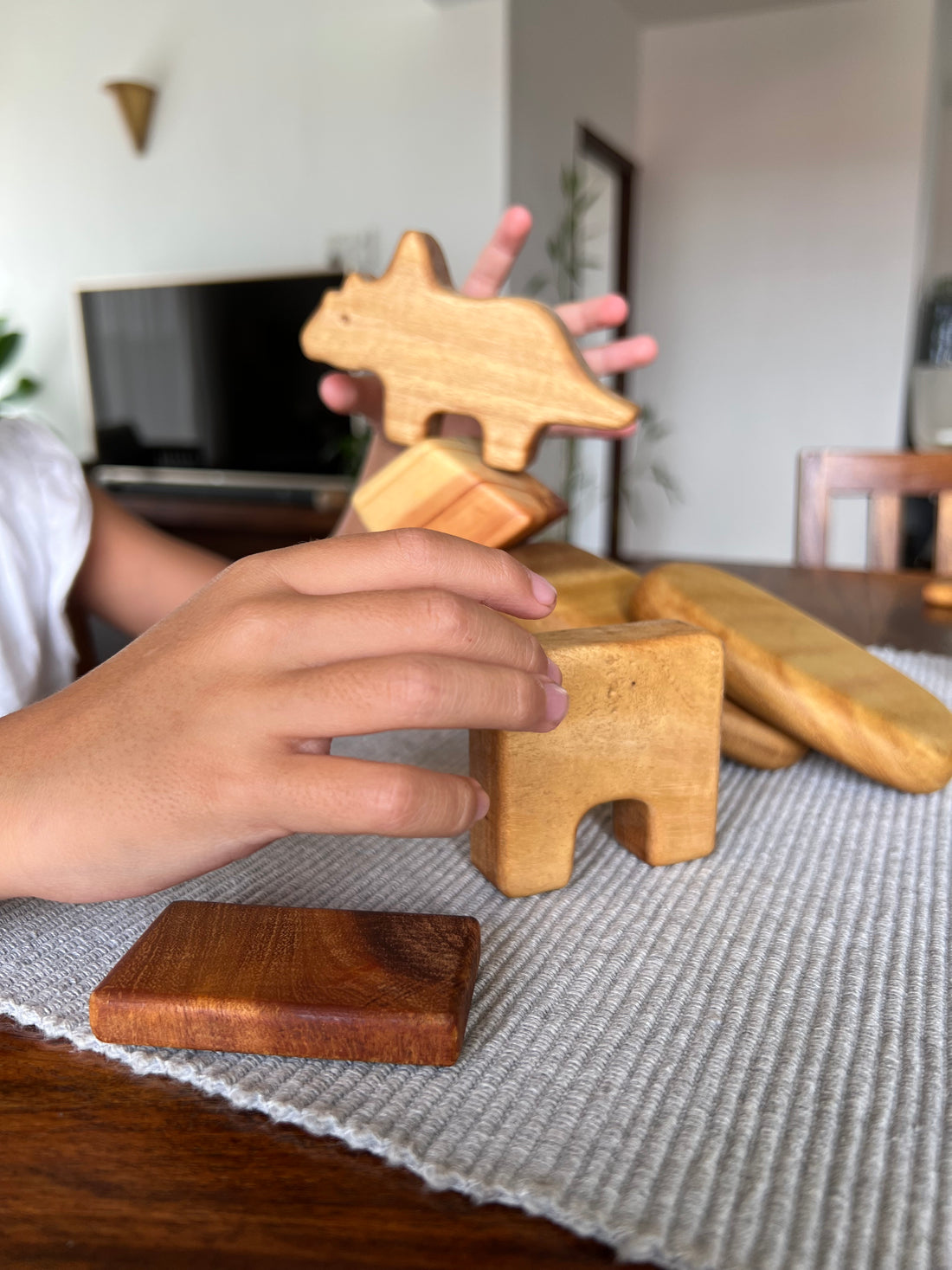Child development is, without a doubt, one of the most critical aspects of raising a well-rounded individual. In an age dominated by digital distractions and electronic gadgets, it's easy to overlook the humble, age-old toys that generations have grown up with. Among these classic toys, wooden animal toys hold a special place. Not only do they add a touch of nostalgia, but they also offer numerous developmental benefits for children. In this article, we will delve into how wooden animal toys can be pivotal in a child's growth, focusing particularly on the top three skills they enhance: cognitive development, fine motor skills, and imaginative play.
Cognitive Development: Learning Through Shapes and Sizes
First and foremost, wooden animal toys serve as excellent aids for cognitive development. When a child interacts with these tactile objects, they get a firsthand experience in identifying shapes, sizes, and patterns. For instance, a wooden elephant may have big ears and a trunk, while a wooden bird may feature wings and a beak.
Moreover, wooden animal toys often come in sets that encourage children to categorize animals based on their habitats, types, or characteristics. By doing so, kids start to recognize similarities and differences, thereby developing their logical reasoning and problem-solving abilities. As they manipulate the wooden figures, children also begin to understand spatial awareness and object orientation, skills essential for later mathematical concepts.
Fine Motor Skills: The Art of Grasping and Balancing
Secondly, playing with wooden animal toys requires a level of dexterity and control that aids in enhancing fine motor skills. Toddlers, for instance, will grasp smaller animals like a wooden fish or bird, refining their pinch grip. On the other hand, older children may try to balance a wooden giraffe on its four legs, honing their hand-eye coordination.
Additionally, some wooden animal toys come in disassembled forms, requiring kids to fit different pieces together. This activity not only keeps them engaged but also improves their precision and focus. Consequently, these motor skills lay the groundwork for a wide range of day-to-day activities, from writing to buttoning a shirt.
Imaginative Play: Fostering Creativity and Emotional Skills
Thirdly, and perhaps most importantly, wooden animal toys serve as fantastic tools for imaginative play. Since these toys don't have built-in sounds or movements, children are free to invent their scenarios and stories, thereby expanding their creativity and imagination. With just a handful of wooden animals, kids can simulate a jungle safari, stage a farmyard drama, or even enact a story from their favorite book.
Furthermore, imaginative play also allows children to explore various emotions and social situations. For example, they might make a wooden lion and wooden gazelle become friends, exploring themes of friendship and harmony. These scenarios help children empathize with characters, thereby building their emotional intelligence and social skills.
In summary, wooden animal toys offer a multifaceted approach to child development. Not only do they aid in cognitive growth, but they also help in the advancement of fine motor skills and the enrichment of emotional intelligence through imaginative play. As simple as they may seem, these classic toys pack a punch in terms of developmental benefits.
So the next time you find yourself amidst the overwhelming array of battery-operated, flashing, beeping toys, perhaps take a moment to consider the understated elegance and timeless advantages of wooden animal toys. In doing so, you'll be investing in your child's skills and encouraging a form of play that is as educational as it is enjoyable.
Shop for handcrafted wooden toys at SmolBlock with a wide range of toys to choose from!
